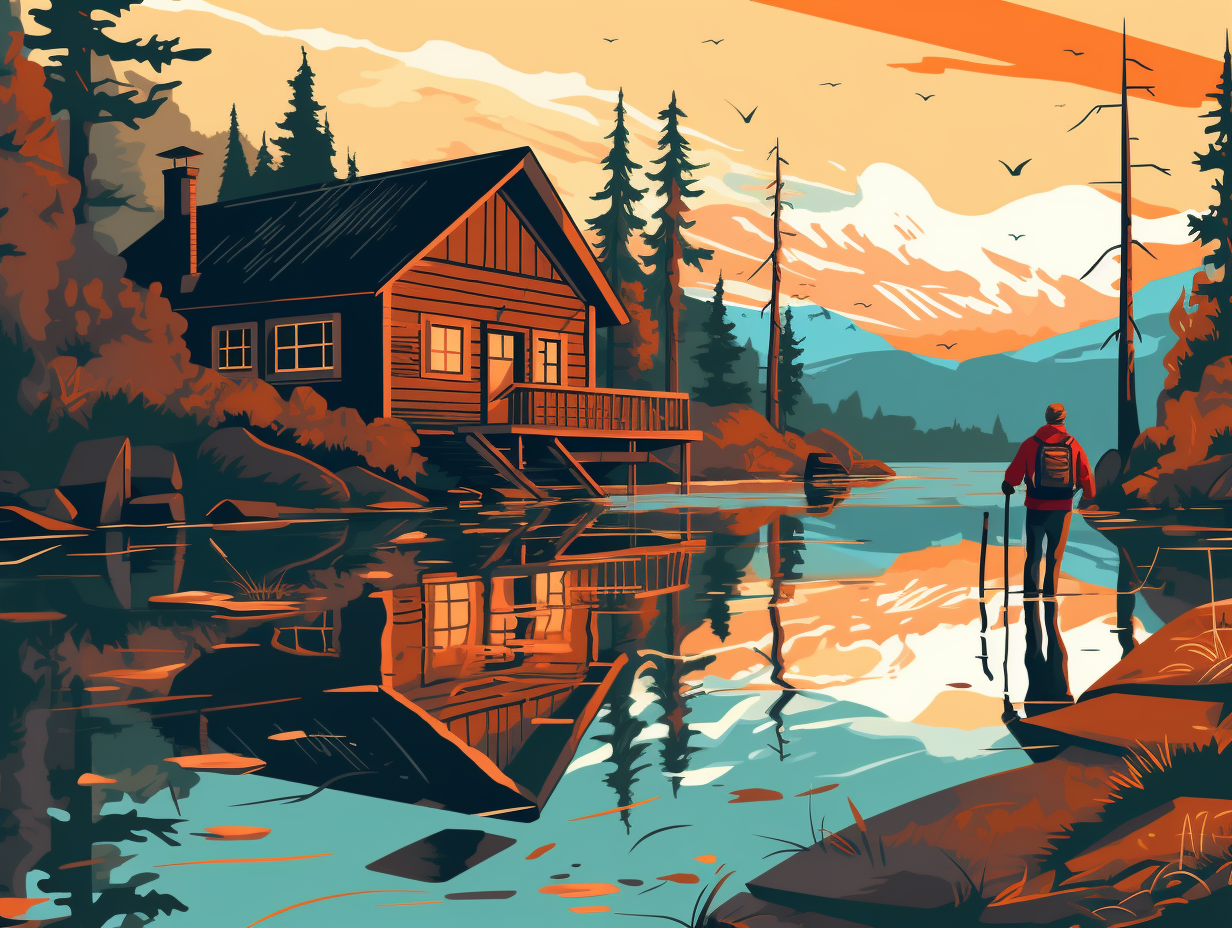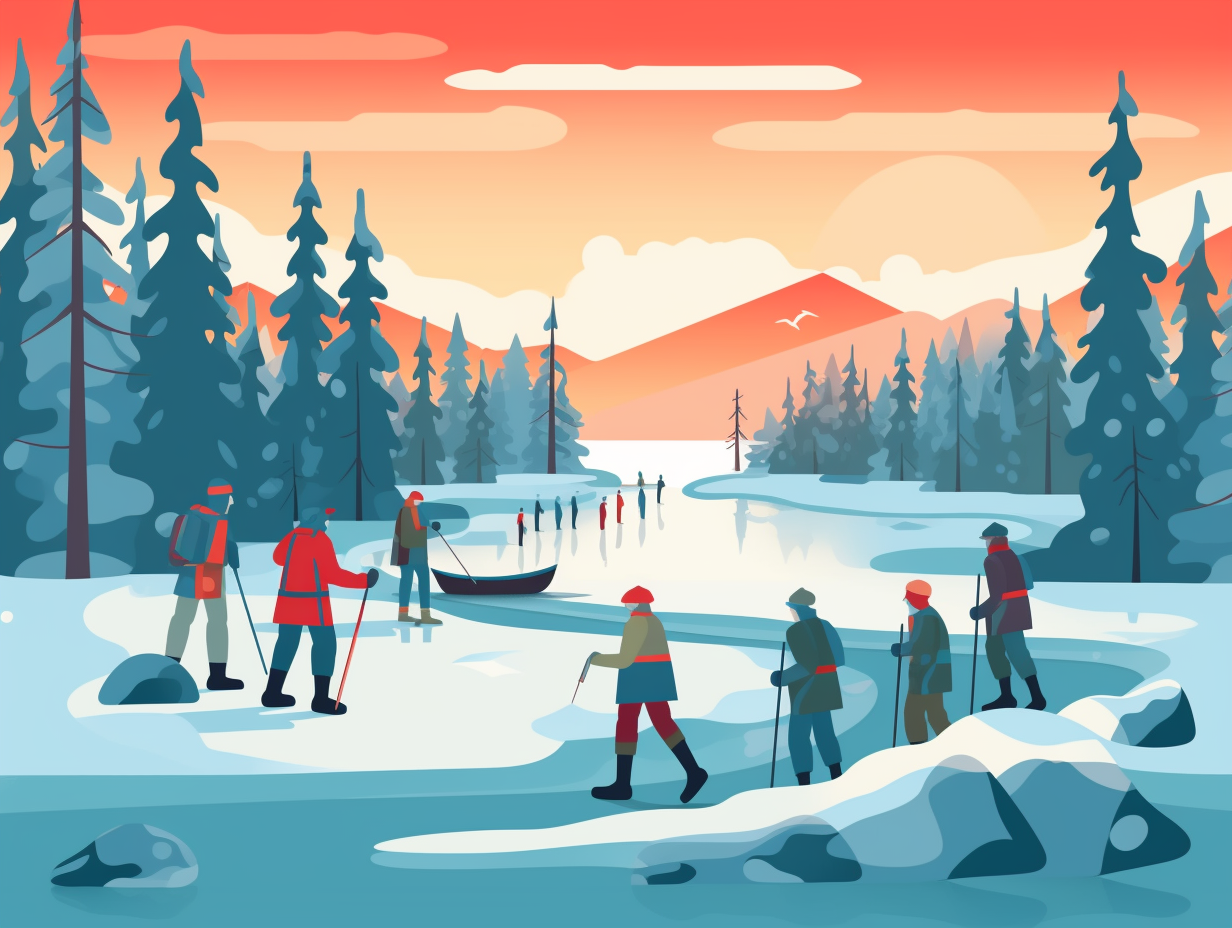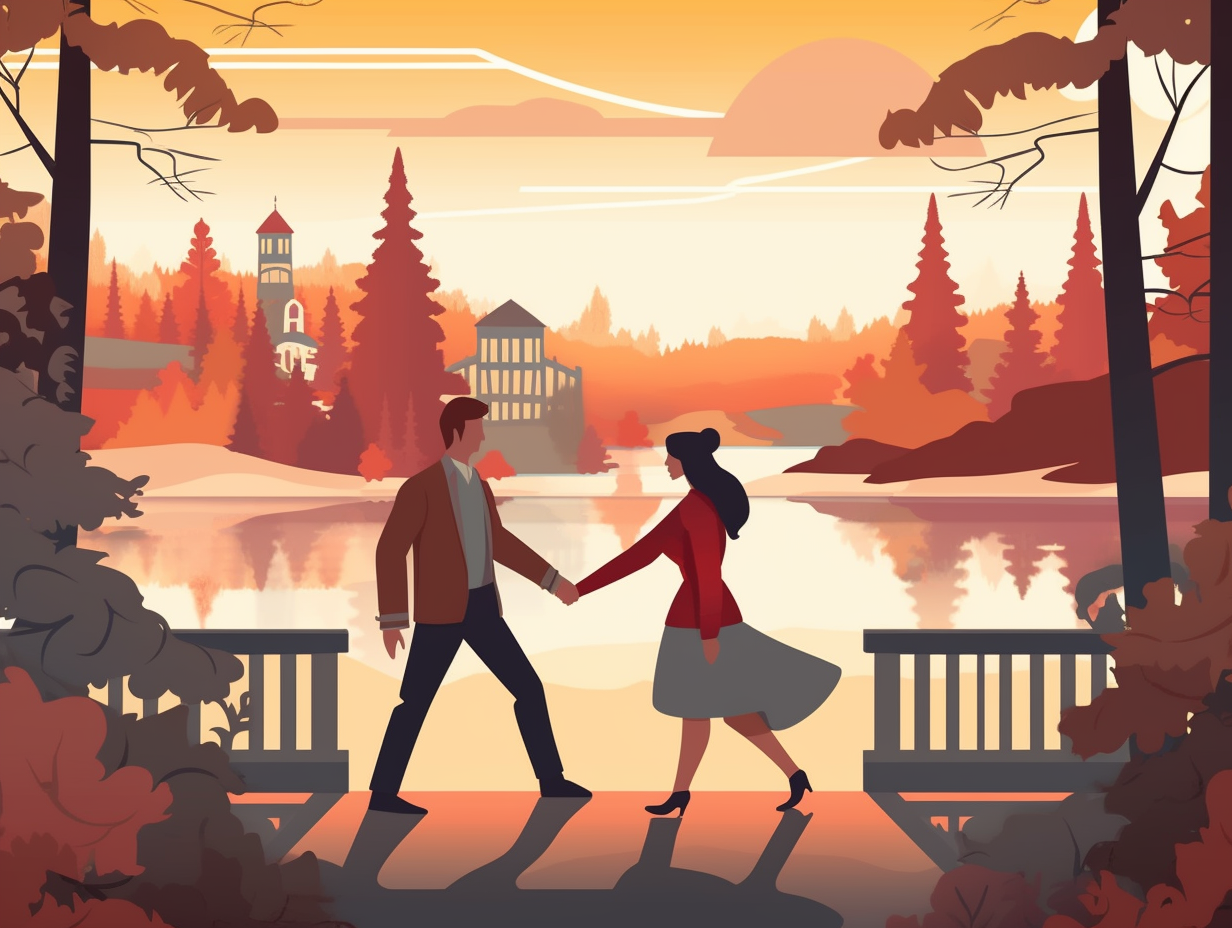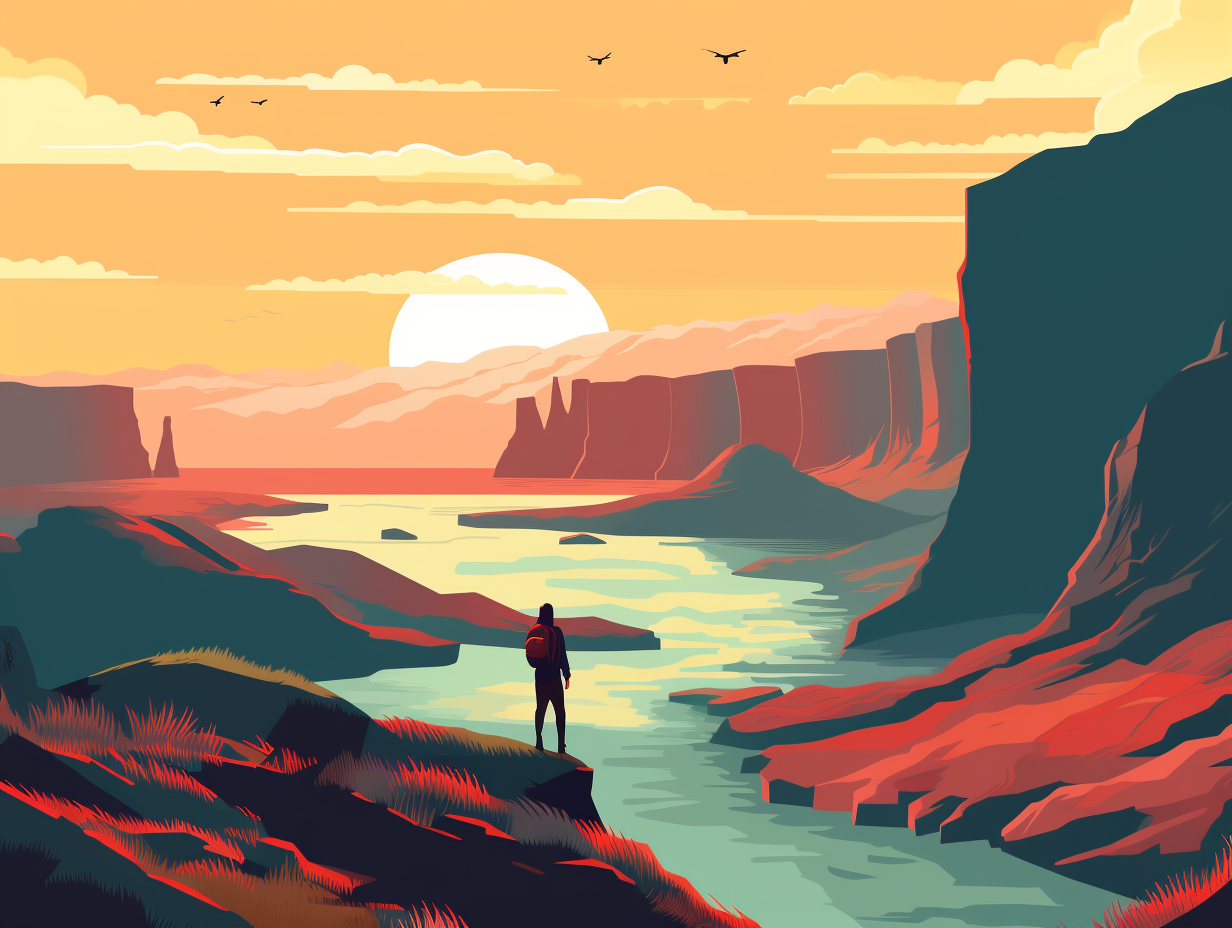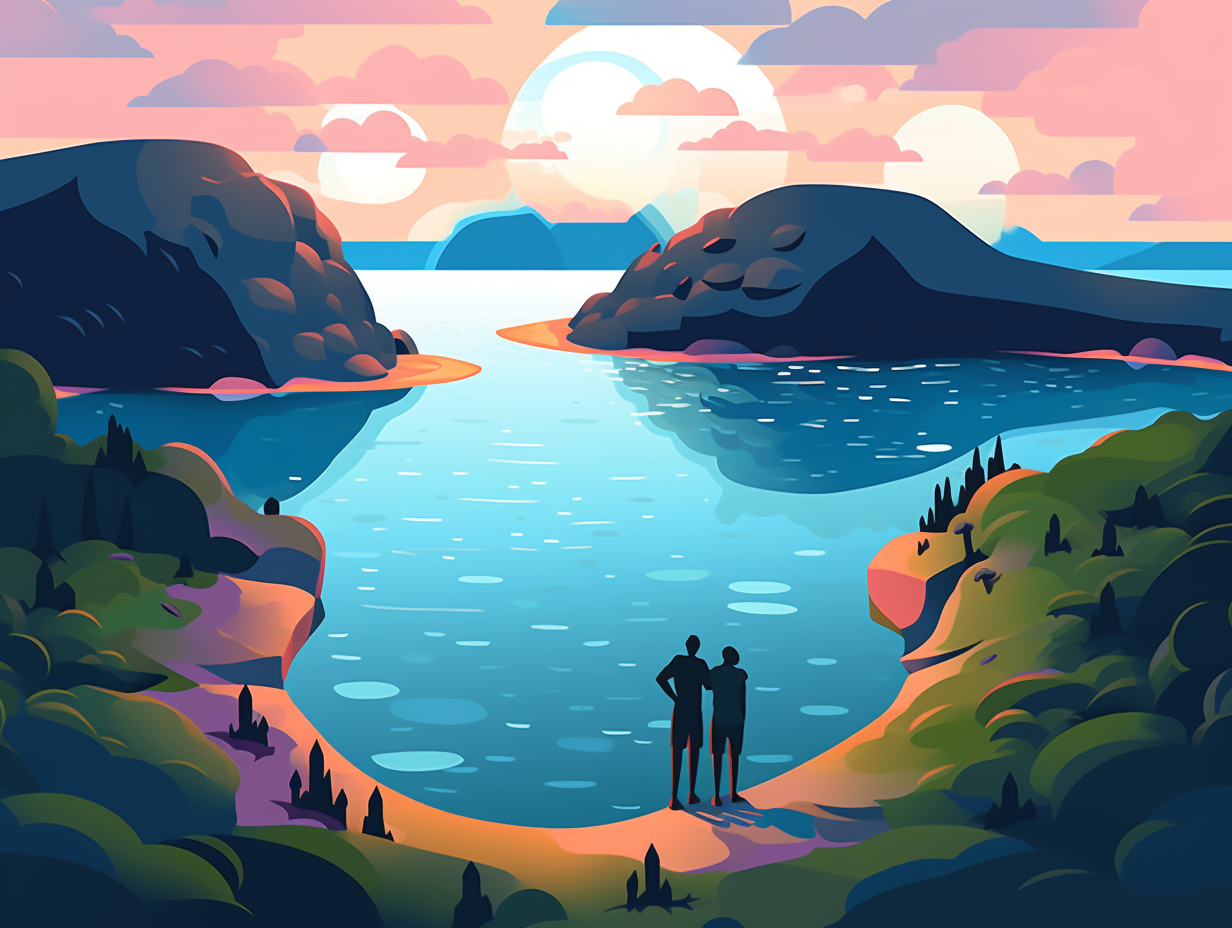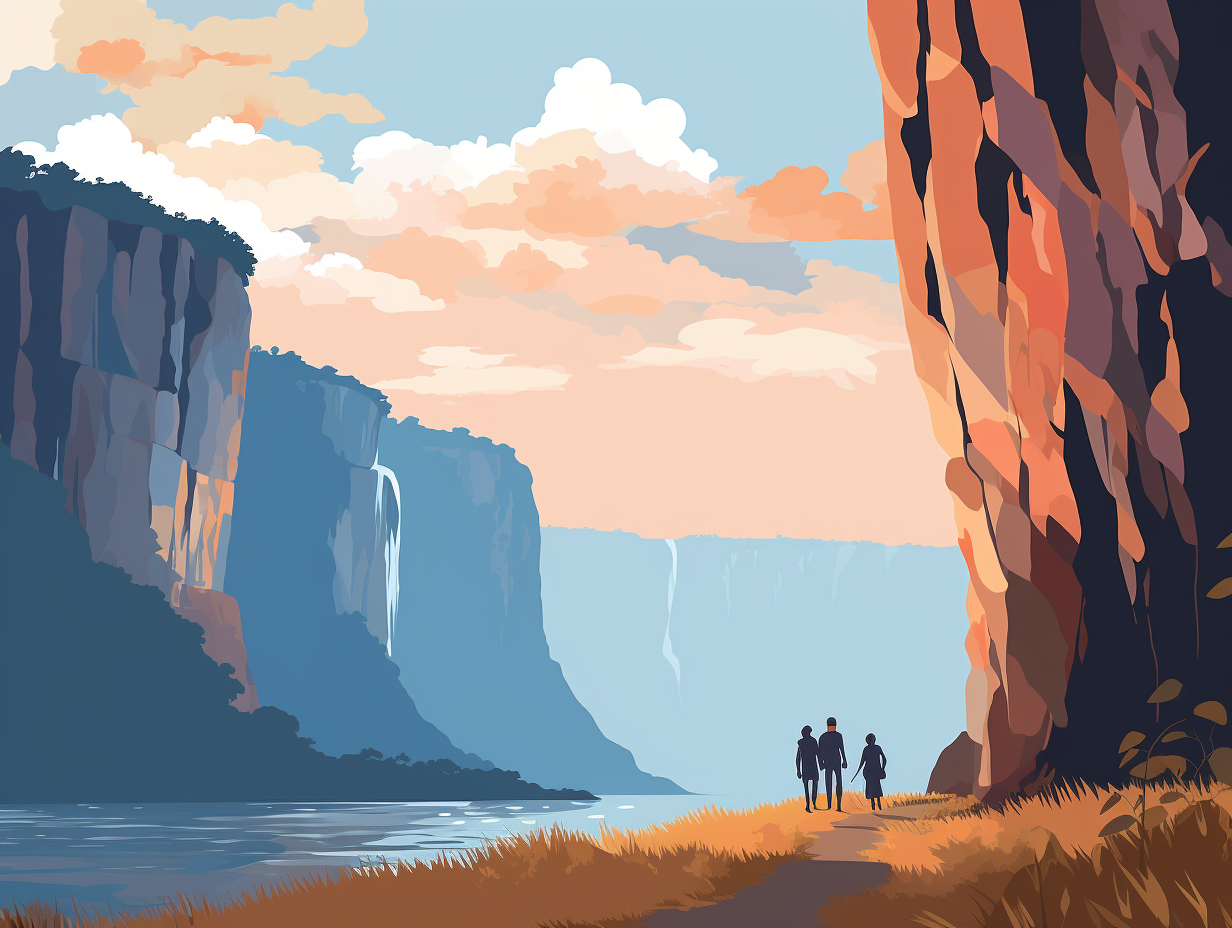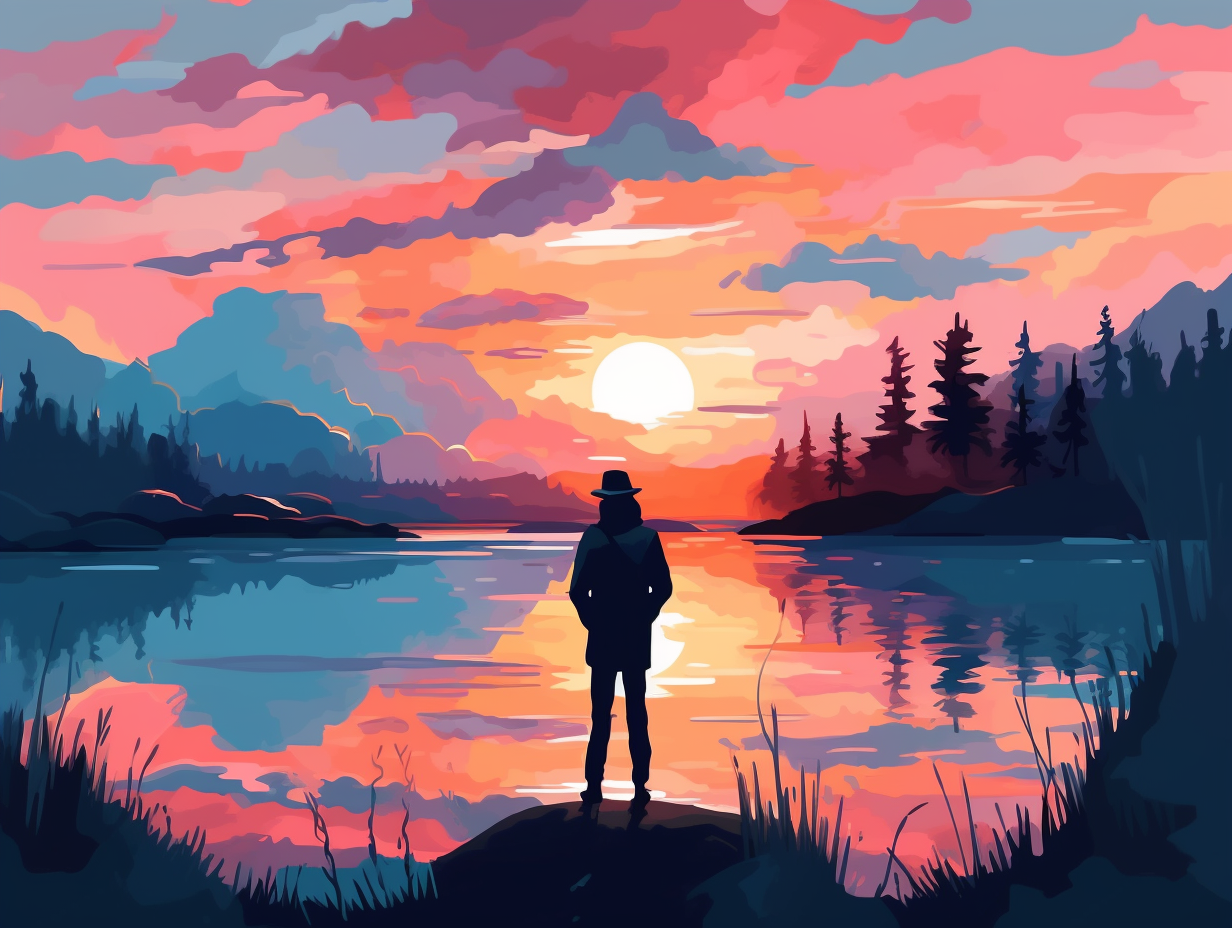Discover the Magic: 12 Amazing Fun Facts About the Northern Lights for KS2 Students
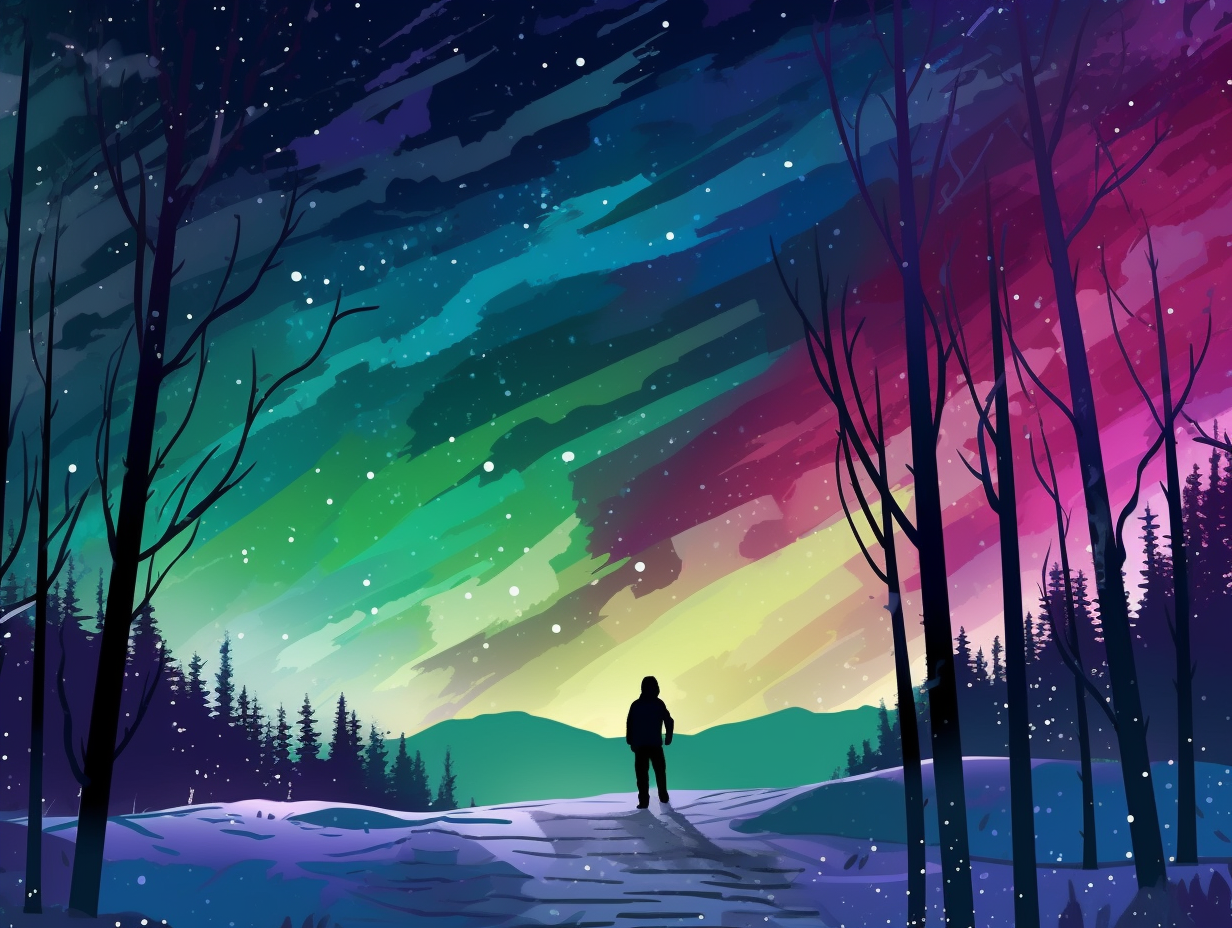
1. Oxygen Stealing the Show
Next time you're green with envy at the Northern Lights, remember: it's just oxygen stealing the show! The most common color you'll see in this dazzling display is green, thanks to a whole bunch of oxygen atoms being bombarded by particles from the sun: they glow green as they emit light, while higher altitude oxygen atoms occasionally bust out a fancy red, giving us those spectacular, otherworldly hues. Rare purple curtains may join the party every now and then, but the main stars of this light show are undoubtedly the greens and reds.
Source => global.hurtigruten.com
2. Gas & Altitude: Sky Party Planners
If you ever find yourself gazing at the northern lights and having a rave-like flashback, don't worry – you're not hallucinating: The auroras' mesmerizing colors are actually caused by the types of gas in Earth's atmosphere and the altitude of their collisions! Oxygen creates yellow-to-green and rare red lights above 100km, while nitrogen forms red lower fringes. Elusive blue and purple hues come from hydrogen and helium, requiring a photographer's keen eye to capture them in the vibrant sky party.
Source => annex.exploratorium.edu
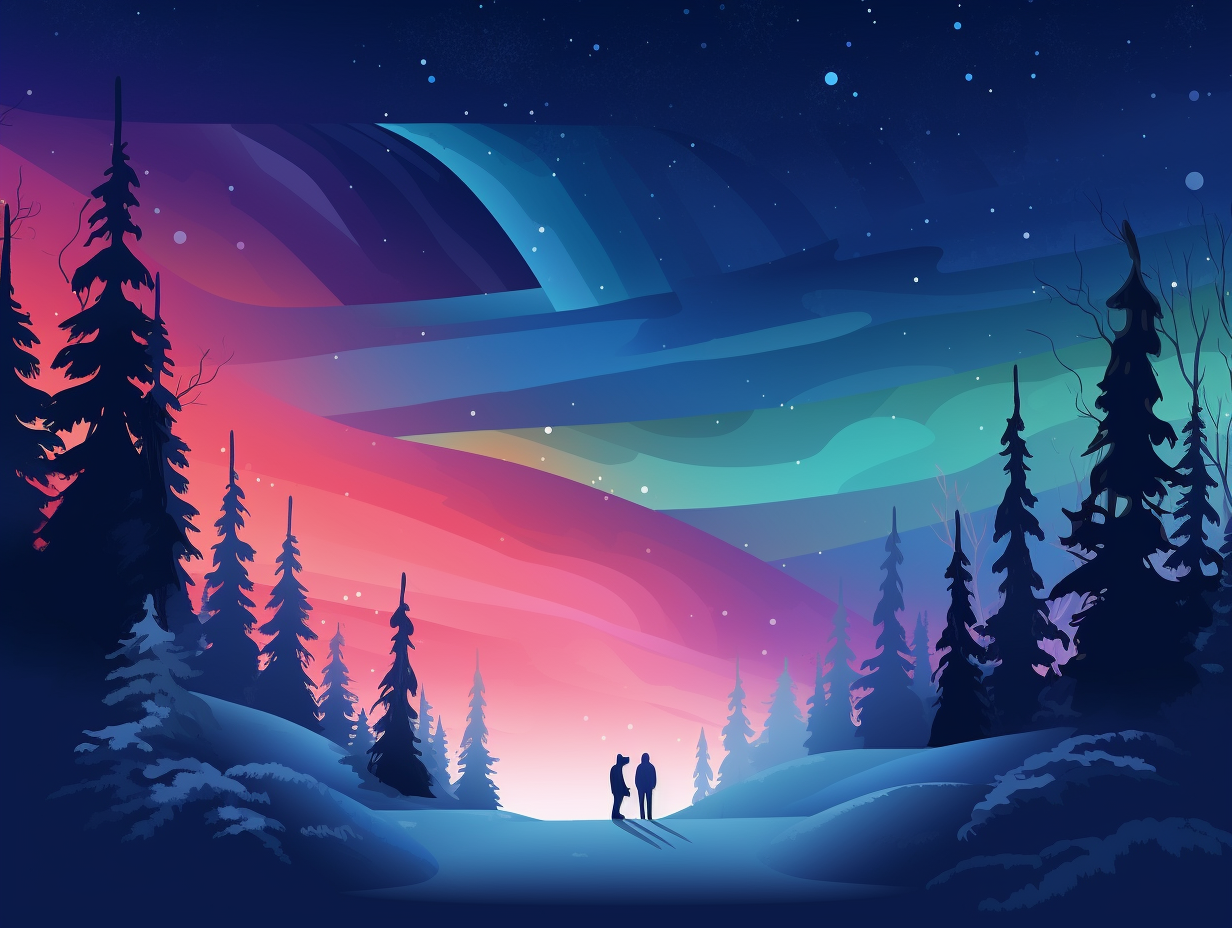
Uncover the secrets of the celestial disco! 🌠Discover how ancient civilizations like the Vikings might have connected with the Northern Lights as a sign from their ancestors. Ready to get lit? ⚡
=> Fun Facts about The-Northern-Lights
3. Pulsating Aurorae: Alien Strobe Lights
If aliens threw a disco party in the sky and needed a strobe light, they'd surely be calling upon pulsating aurorae: Small patches of light, just 62 miles wide, that flicker on and off every 5 to 40 seconds, these blinking northern lights are triggered by electromagnetic waves, a mystery solved by scientists after over four decades of intrigue.
Source => nationalgeographic.com
4. Altitude-Based Light Feast
If the northern lights were an all-you-can-eat buffet, green would definitely be the house salad, while the elusive red would be that scrumptious lobster dish that everyone hopes to get a taste of: The color variations of the northern lights actually depend on the altitude where atoms and particles interact, with green being the most common due to oxygen reactions at 100 km high, red at higher altitudes, and purple and blue colors caused by ionized nitrogen at lower altitudes. Talk about a feast for the eyes!
Source => discover-the-world.com
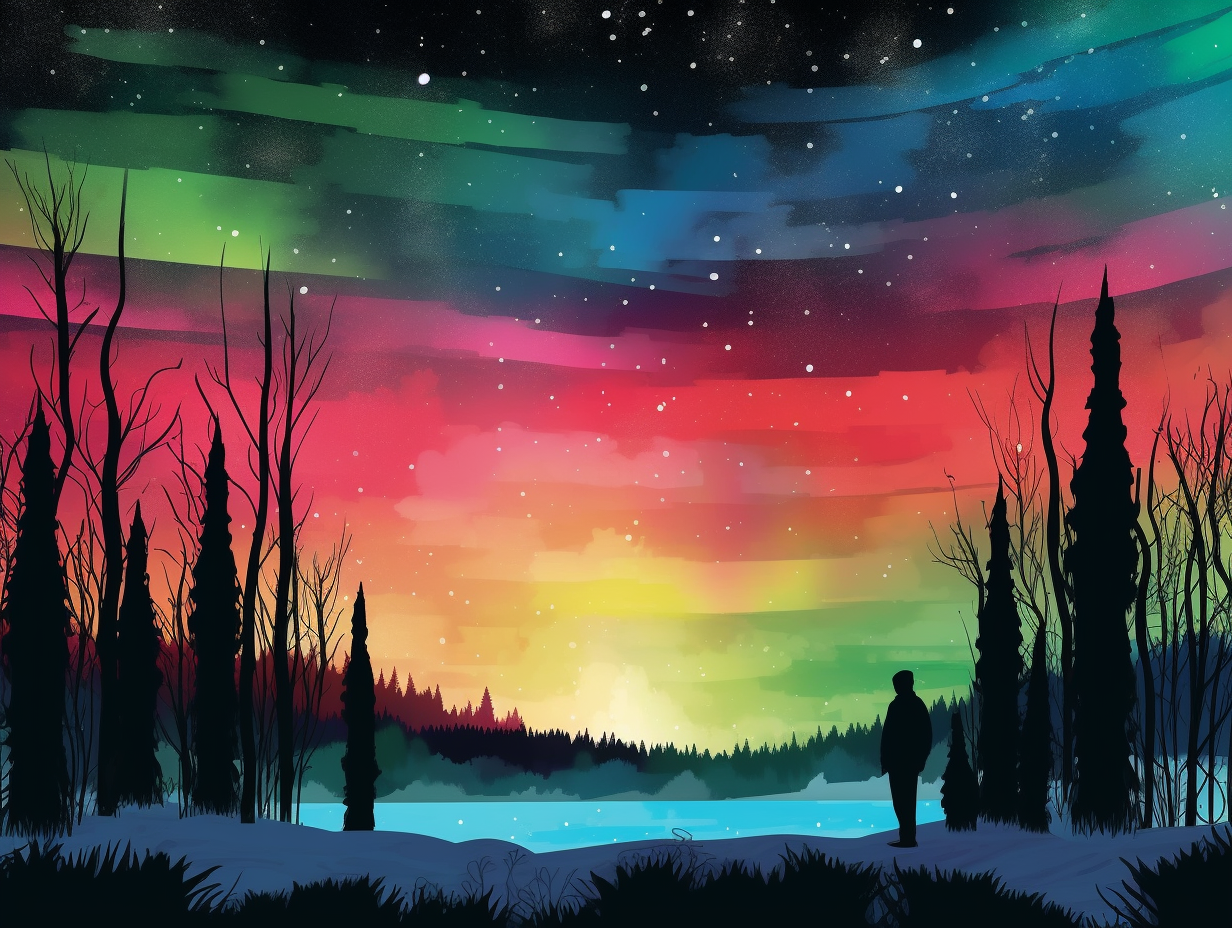
5. Seasonal Electrifying Sky Dances
Don't keep your cosmic curiosity on ice: you might just miss the electrifying celestial dance of the Northern Lights! Contrary to popular belief, winter isn't the sole time for Aurora Borealis sightings. You can potentially experience the shimmering sky show during summer months like June and July, but only if there's a large solar storm performing. For the strongest displays, however, mark your calendars for the equinoxes – specifically, the last two weeks of September and the second and third weeks of March. So set your sights skyward during these light-struck periods, and prepare to have a star-struck heart!
Source => capturetheatlas.com
6. Northern Lights' World Tour
Ready for a game of "Where on Earth?" starring Mother Nature's most electric performance: the northern lights! These kaleidoscopic divas have rocked stages from Finland to Alaska, Russia to Iceland, and beyond. No country serves as their exclusive VIP lounge, as they love making surprise appearances between 60 and 75 degrees of latitude: These unpredictable light shows have a guest list that includes Sweden, Norway, and Canada, but their auroral oval dance floor is never confined to one place, making seeing these beacons of beauty a delightful challenge. So, grab your aurora tracking app and join the hunt for this cosmic cabaret!
Source => discover-the-world.com
7. Frosty's Disco Floor
If frosty the snowman had a night out, the northern lights would be his disco floor: temperature plays no role in whether or not these neon spectacles are visible, so even on a toasty winter evening, you can still catch the sky dancing the aurora borealis boogie.
Source => aurorahunter.com
8. Aurora's DJ Set
Next time you're on hold in a telephone queue, don't be surprised if the Northern Lights help you bust a move to their very own DJ set: The aurora borealis creates natural radio emissions known as the dawn chorus, which can be heard on telephone lines and picked up by radios, mimicking the sounds of tree frogs or peepers at night, and even generating whistling tones called "whistlers" from lightning discharges, with whistlers in northeast Pennsylvania traveling all the way from South America's tip.
Source => wnep.com
9. Poseidon's Cosmic Rave
Picture Poseidon hosting a cosmic rave in the sky – that's the northern lights for you! Who would've thought the Roman goddess Aurora and Greek god Boreas would create such a showstopper: These luminous natural wonders, the aurora borealis, are most visible between 60 and 72 degrees north latitudes within the Arctic and Antarctic polar circles, swelling with vivid colors as charged particles from solar winds collide with Earth's magnetic field, much like intergalactic party guests!
Source => skybrary.aero
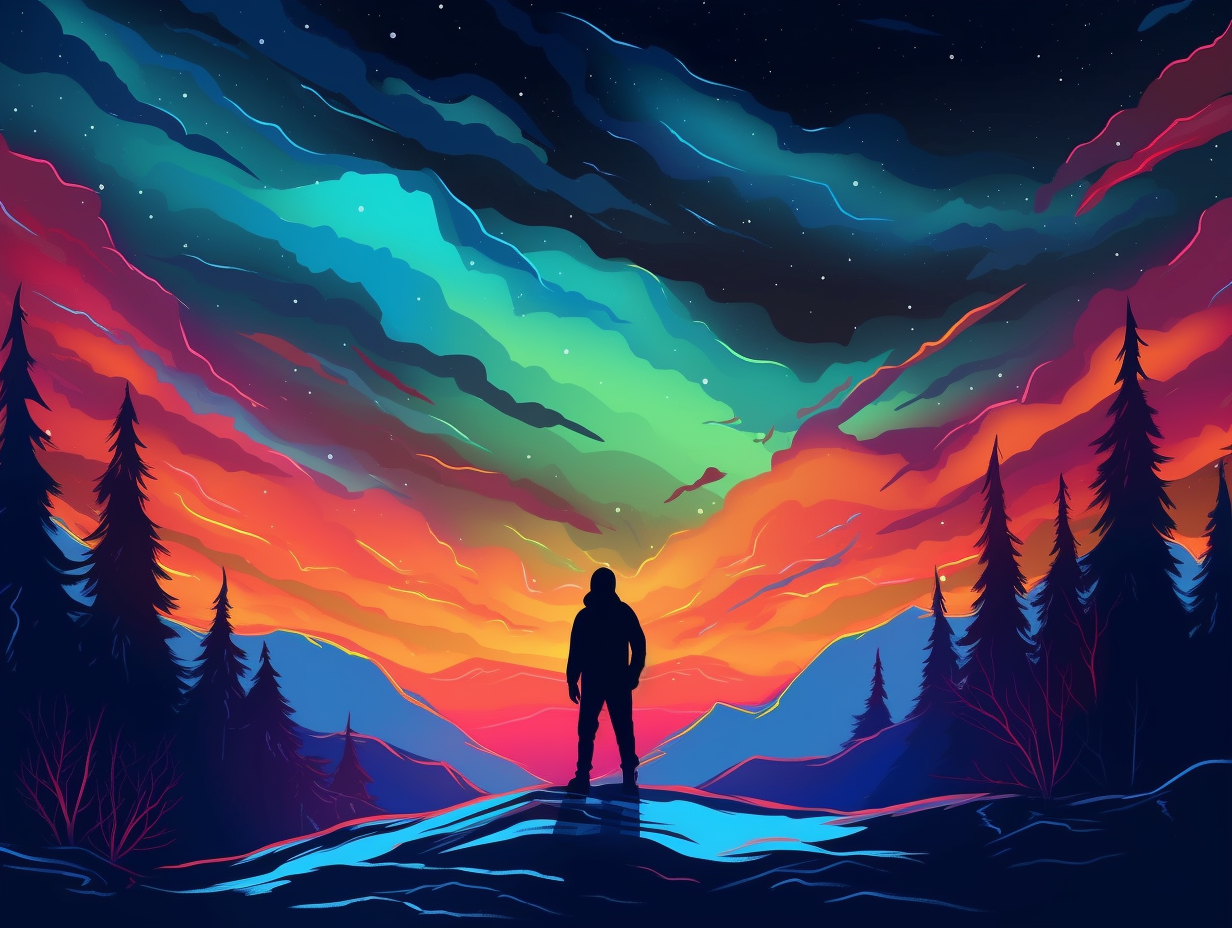
10. E.T.'s Green Eye Debut
E.T., is that you wearing Mother Nature's finest green attire? Behold, a spectacular image of the Northern Lights in Iceland, seemingly forming an eerie alien visage, peering down onto our planet with dazzling emerald eyes! But fear not, fellow Earthlings – there is no alien invasion afoot: This breathtaking natural phenomenon is actually the result of solar particles crashing into the Earth's atmosphere, creating a dazzling light show that photographer Iurie Belegurschi was fortunate enough to witness and capture. The Northern Lights are truly an out-of-this-world experience you wouldn't want to miss!
Source => sg.news.yahoo.com
11. Protect Polar Bears' Dinner
Feeling peckish, polar bears? You need to dial up those Northern Lights for a hearty meal of seal takeout: With the fascinating auroras lighting up the Arctic skies, they serve as a crucial reminder for us to protect the fragile ecosystems and frozen dinner plate of sea ice where our resourceful furry friends hunt down their slippery seal specials.
Source => quarkexpeditions.com
12. Solar Party-Crasher
The sun may seem like the ultimate party-crasher when it comes to ruining your plans for a good night's stargazing, but in this case, it's invited to the celestial dance party: The intensity of the Northern Lights can be affected by solar activity, like solar flares and coronal mass ejections, causing geomagnetic storms. In 2023, a series of powerful storms led to vibrant displays of auroras so widespread that they graced the skies of Kazakhstan, Europe, the USA, and even parts of New Zealand and Tasmania. Next time you're mesmerized by these cosmic raves, remember to thank the sun for showing up fashionably late and stealing the show.
Source => whistlinghound.com

